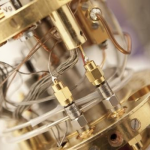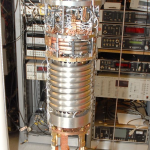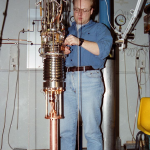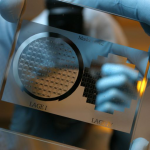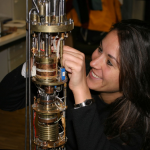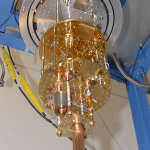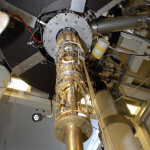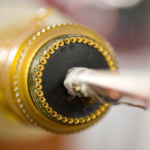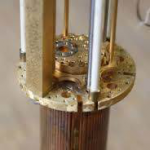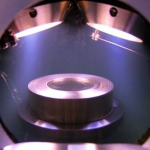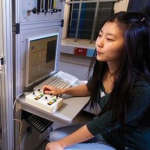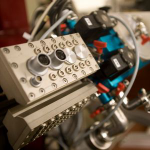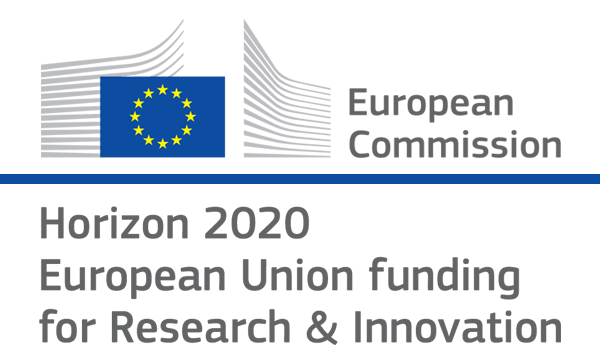

- Photon Transport in a Bose-Hubbard Chain of Superconducting Artificial Atoms
G. P. Fedorov et al., Phys. Rev. Lett. 126, 180503 (2021) - Path-Dependent Supercooling of the
He3 Superfluid A-B Transition
Dmytro Lotnyk et al., Phys. Rev. Lett. 126, 215301 (2021) - Superconductivity in an extreme strange metal
D. H. Nguyen et al., Nat Commun 12, 4341 (2021) - High-Q Silicon Nitride Drum Resonators Strongly Coupled to Gates
Xin Zhou et al., Nano Lett. 21, 5738-5744 (2021) - Measurement of the 229Th isomer energy with a magnetic micro-calorimeter
T. Sikorsky et al., Phys. Rev. Lett. 125 (2020) 142503
Ex situ tunnel junction process technique characterized by Coulomb blockade thermometry
M. Prunnila, M. Meschke, D. Gunnarsson, S. Enouz-Vedrenne, J.M. Kivioja, J.P. PekolaThe authors investigate a wafer scale tunnel junction fabrication method, where a plasmaetched via through a dielectric layer covering bottom Alelectrode defines the tunnel junction area. The ex situ tunnel barrier is formed by oxidation of the bottom electrode in the junction area. Room temperature resistance mapping over a 150 mm wafer gives local deviation values of the tunnel junction resistance that fall below 7.5% with an average of 1.3%. The deviation is further investigated by sub-1 K measurements of a device, which has one tunnel junction connected to four arrays consisting of N junctions (= 41, junction diameter 700 nm). The differential conductance is measured in single-junction and array Coulomb blockade thermometer operation modes. By fitting the experimental data to the theoretical models, the authors found an upper limit for the local tunnel junction resistance deviation of ~ 5% for the array of 2N +1junctions. This value is of the same order as the minimum detectable deviation defined by the accuracy of the authors’ experimental setup.
J. Vac. Sci. Technol. B 28, 1026 (2010)
doi: 10.1116/1.3490406
